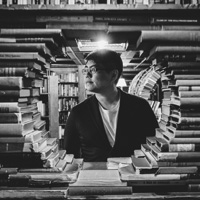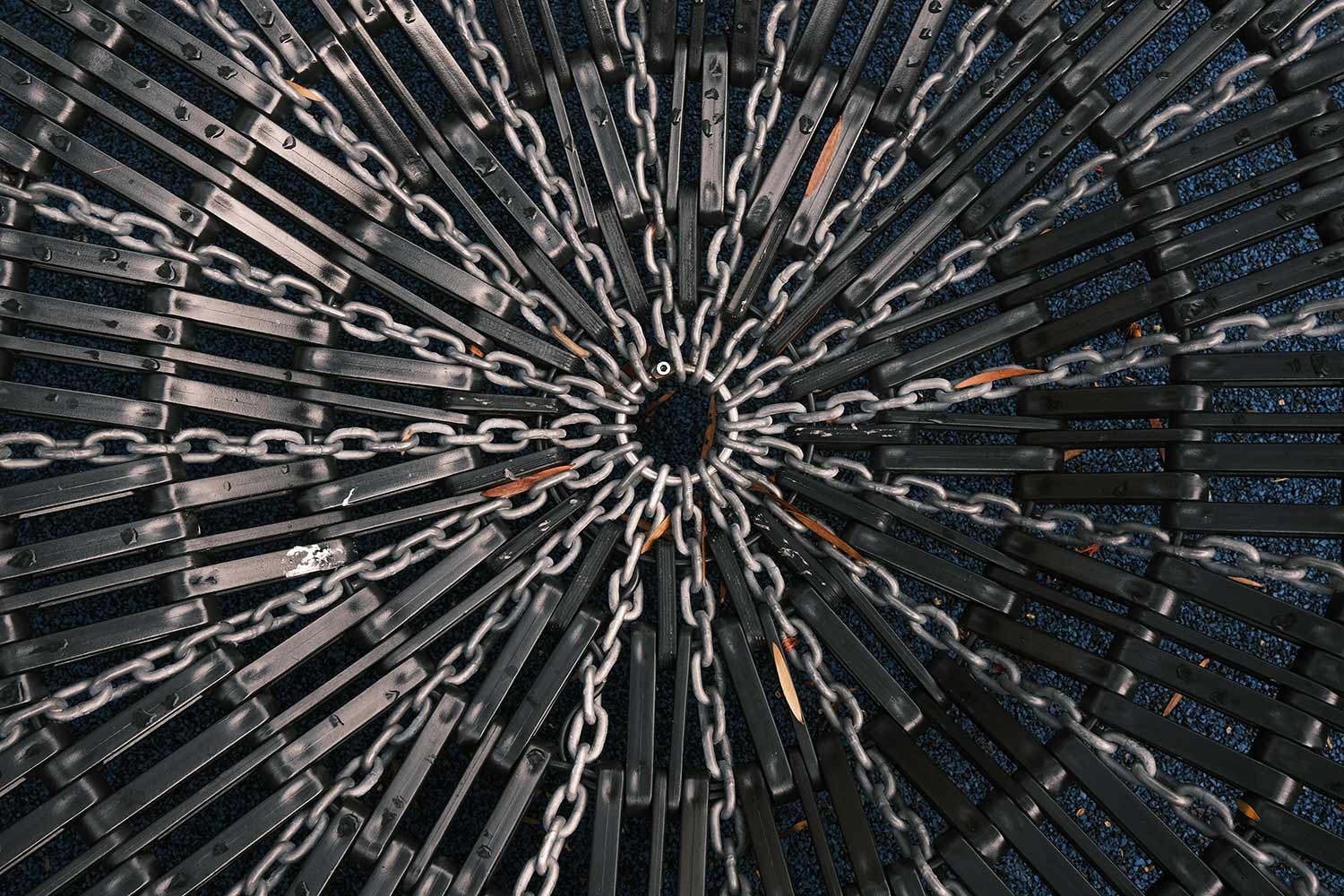The joy of using Fuji’s film simulations
Before having a Fujifilm camera in my arsenal, little did I know that “colour” actually plays an important role in my photography life, and that is motivating me to shoot. Why do I say that?
I was a DSLR user since 2006 and because colour can be adjusted in post-processing, I had never noticed how “important” colour was. I had got used to doing post-processing for every photo I need to deliver (either for my own collection or for family & friends who want it). It was a must-thing to do. In the beginning, it was exciting and motivating to carry out post-processing work. But gradually, when I reviewed the edited photos, somehow, I just felt that the photos were colour boring. I even felt that “something’s not right” but yet unable to identify where and what is the problem underlying.

Fuji X100V . f2.8 . 1/3200” . ISO 320 . Classic Negative
RIGHT: Fuji X-T3 . Fuji 80mmF2.8 @80mm . f2.8 . 1/250” . ISO 1250 . Classic Chrome
I know there are people who love to do custom colour profiles on their camera so that the colours are pleasing to their eyes. But I find it a hassle to do and have to spend a lot of time to figure out the preferred colour (you can say I am lazy). So as time goes by, I hardly brought my DSLR out and shoot. Besides heavy being the usual excuse, eventually, I got lesser motivation to shoot because the photos that I saw on the screen were less attractive to my eyes.
MIDDLE: Fuji X-T3 . Fuji 55-200mmF2.8 @200mm . f2.8 . 1/220” . ISO 160 . Classic Chrome
RIGHT: Fuji X-T3 . Fuji 55-200mmF2.8 @77.9mm . f8 . 1/1250” . ISO 160 . Classic Chrome
Many years later, I had my first Fujifilm camera, the X10, it did not change my understanding of what “colour” was. Back then, I was not familiar or aware of the film simulations in Fujifilm. To me, the colour looks good and that’s all. Until when I had my X-T2 and I started to learn about what is “Classic Chrome” and what are film simulations. I got to appreciate the colours produced by the camera even more.

RIGHT: Fuji X100V . f5 . 1/640” . ISO 320 . Classic Negative
Apparently “Classic Chrome” is pleasing to my eyes and not overwhelmed in any way. This is the “colour” that brought me back the joy of bringing the camera out and shoot. I was always surprised by the results when I previewed it from the camera’s LCD screen. When I would not believe it at all, I previewed with the viewfinder. The “colour” is really fantastic and enjoyable to look at. The experience with the camera is something that I did not have back in the DSLR days. The “colour” really enriched my overall experience of photography.
I always said that a lightweight camera is what motivates me to bring the camera out and do some shutter therapies. But I think I need to correct myself. It’s both the lightweight camera and the colour profile; in this case, it is called “film simulation”.

RIGHT: Fuji X100V . f2.8 . 1/125” . ISO 1250 . Classic Negative
Fujifilm has experience in creating great colour profiles since the film era. They have put in their colour science expertise into the film simulations, and their film simulations colours are somehow magical. There are lots of Lightroom presets availability that mimic the colours of each film simulation that Fujifilm has. For example, I made some comparisons with the raw photos and the applied with the online available preset colour profiles and the original one from Fujifilm. Some are closed enough, and some are totally far away.
So back to the Fujifilm colours, they have most of the colour profiles that definitely match your preference, and my preference is mostly “Classic Chrome” and occasionally “Classic Negative”. I will explain why in the future. Nonetheless, thanks to the Classic Chrome, I am happy and confident to deliver the photos untouched to friends and relatives. The first comments that I usually received from them are “wow” and praise how nice the colours are. And I proudly told them that these are straight from the camera.

RIGHT: Fuji X100V . f4 . 1/125” . ISO 400 . Classic Chrome
Of course, I still do post-processing, but it has become a playground for me to explore my creativity. Because I know that if my edits don’t work well with my post-processing, my “Classic Chrome” photos are already there for me.
On a side note: I remember that someone in Fujifilm mentioned that what Fujifilm wants their users to do, is to spend more time on shooting, and less time on editing. I can say that now I have understood the effort that Fujifilm had put into.
RIGHT: Fuji X100V . f8 . 1/800” . ISO 320 . Classic Negative

*Disclaimer: some of the photos were taken before COVID-19. All photos are straight out of the cameras.

Alwin is a 37 years old engineer, husband and Fujifilm fanboy from Singapore. His first encounter with Fujifilm was the launch of the X10 in 2012. It was love at first sight. It was a joyful compact camera and it also introduced film simulations to him. But what brought him deep into Fujifilm was the X-T2 and the love grows further. He loves to experience and discover many genres.


















Albert Smith
July 9, 2020 @ 2:51 pm
I’m pretty old and started photography in the 1960s. I shot slide film for all of my most important images, Kodachrome in the early days and Fujichrome at the end of my film days.
With slide film, you got the shot or you didn’t, and at 50 to 75 cents per frame, you had better learn how to get the shot.
Today, with my Fujifilm cameras I shoot like I did with slide film. I have multiple film simulations (all with tweaked highlight, shadow, color, sharpening, etc…)
programmed into the Q menus that I arrived at after much trial and error. They are all annotated with a narrative description that describes the use as I scroll through the Q menu custom settings. All of my cameras have the exact same set ups, so there is no difference in the output from any of 3 bodies.
Today I enjoy plugging my camera into my large HDTV via an HDML cable when I return home and enjoying a slide show immediately. Film simulations are like getting a box of slides back from the lab. You got the shot, now enjoy looking at the images.
Alwin Kok
July 9, 2020 @ 5:24 pm
Hi Albert,
I thank you for your sharing. Your experience with slide films was a wonderful one. I can imagine how you process the slide film while I reading it.
Thank you and have a great day ahead.
Timothy Gasper
February 22, 2021 @ 7:14 am
I hear you Albert. I grew up shooting slides as well, starting in 1960. I still do for a few agencies who ask mostly for slides, but with medium format or larger. When I got my first Fujifilm digital, the XT1, I went right for the film simulation mode to make the settings I like for the types of photography I am shooting. It’s nice to plug in the camera to the TV and go through all of them. What is ironic to me is that here we are deep into the digital age and cameras now are ‘simulating’ film media. I mean like…why bother? Glad I kept all my film cameras. Keep shooting.
Thomas
October 8, 2020 @ 9:49 pm
Did you made any in camera changes in the jpge settings? Highlight, Contrast, Color, etc.
Gordon Ovenshine
May 1, 2021 @ 11:55 pm
Hi Alwin, any chance you could share your presets on classic chrome and negative?